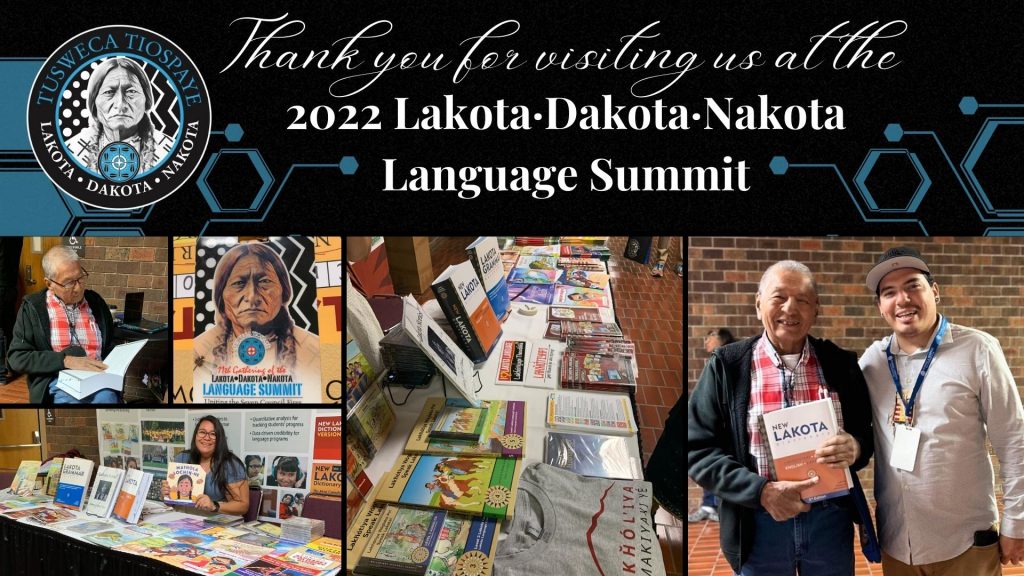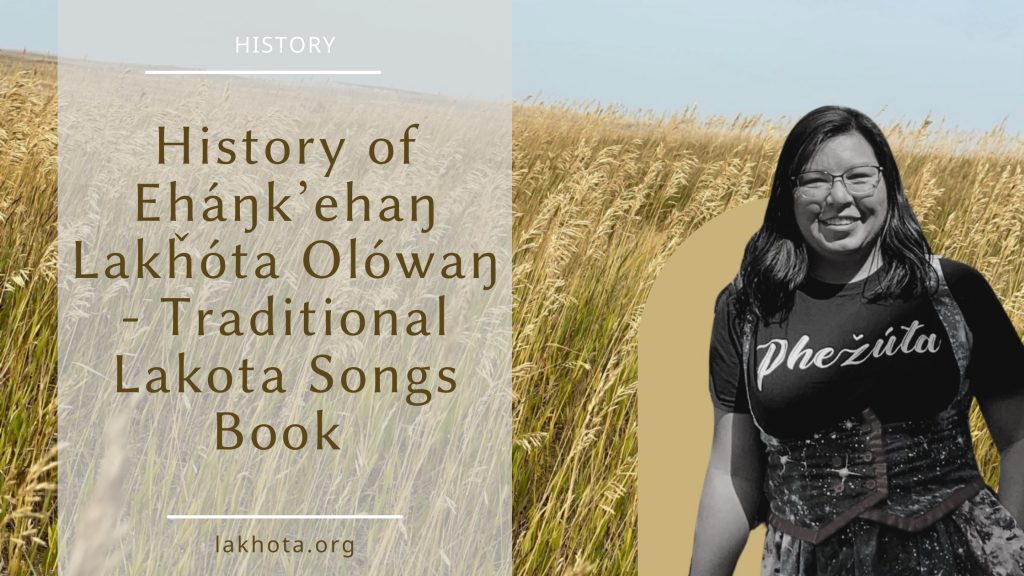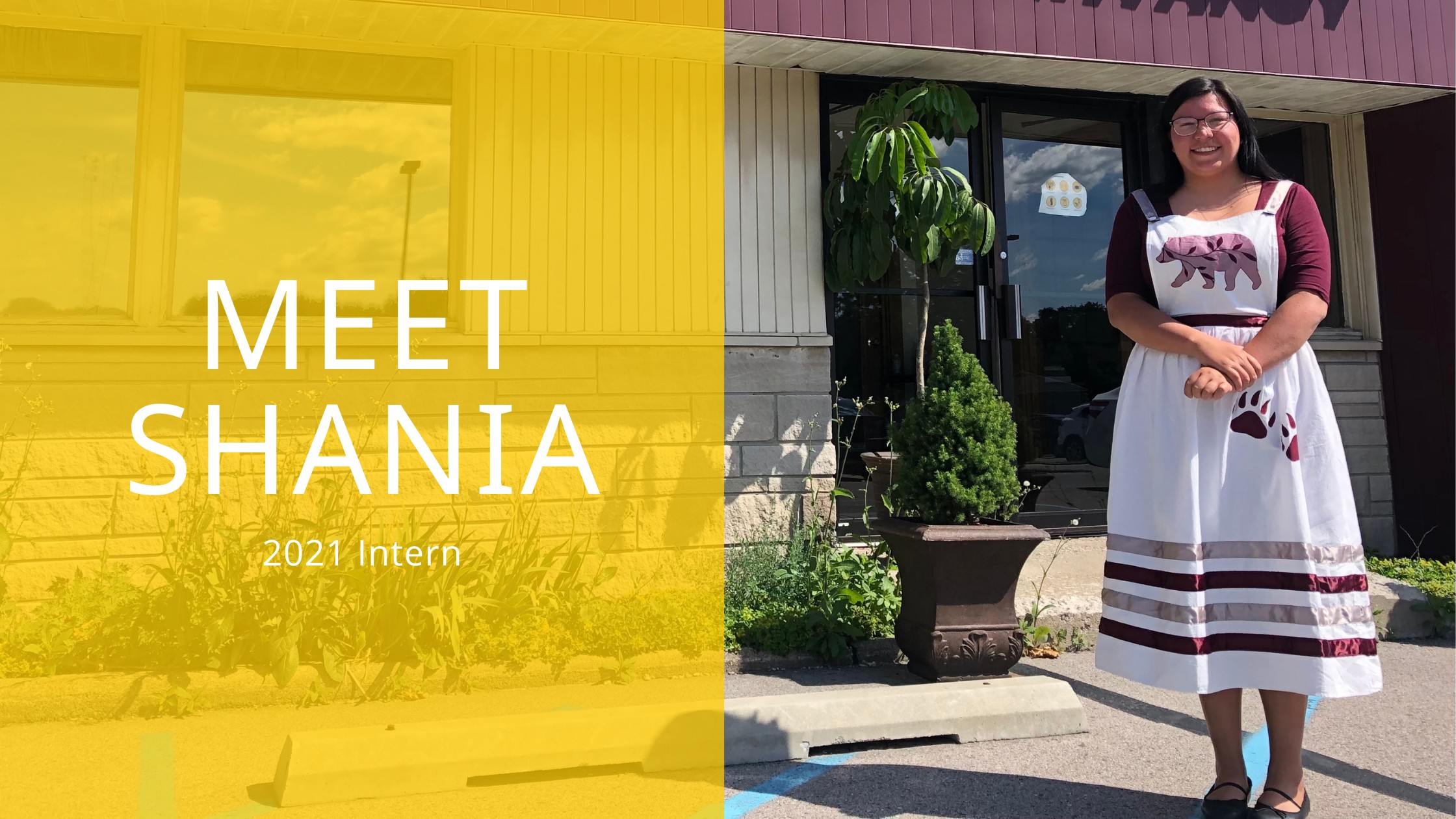
[fusion_builder_container enable_background_slider=”no” elegant_transition_effect=”fade” elegant_background_scale=”cover” elegant_transition_delay=”3″ gradient_type=”linear” gradient_direction=”0deg” gradient_force=”yes” type=”flex” hundred_percent=”no” hundred_percent_height=”no” hundred_percent_height_scroll=”no” align_content=”stretch” flex_align_items=”flex-start” flex_justify_content=”flex-start” hundred_percent_height_center_content=”yes” equal_height_columns=”no” container_tag=”div” hide_on_mobile=”small-visibility,medium-visibility,large-visibility” status=”published” border_style=”solid” box_shadow=”no” box_shadow_blur=”0″ box_shadow_spread=”0″ gradient_start_position=”0″ gradient_end_position=”100″ radial_direction=”center center” linear_angle=”180″ background_position=”center center” background_repeat=”no-repeat” fade=”no” background_parallax=”none” enable_mobile=”no” parallax_speed=”0.3″ background_blend_mode=”none” video_aspect_ratio=”16:9″ video_loop=”yes” video_mute=”yes” pattern_bg=”none” pattern_bg_style=”default” pattern_bg_opacity=”100″ pattern_bg_blend_mode=”normal” mask_bg=”none” mask_bg_style=”default” mask_bg_opacity=”100″ mask_bg_transform=”left” mask_bg_blend_mode=”normal” absolute=”off” absolute_devices=”small,medium,large” sticky=”off” sticky_devices=”small-visibility,medium-visibility,large-visibility” sticky_transition_offset=”0″ scroll_offset=”0″ animation_direction=”left” animation_speed=”0.3″ filter_hue=”0″ filter_saturation=”100″ filter_brightness=”100″ filter_contrast=”100″ filter_invert=”0″ filter_sepia=”0″ filter_opacity=”100″ filter_blur=”0″ filter_hue_hover=”0″ filter_saturation_hover=”100″ filter_brightness_hover=”100″ filter_contrast_hover=”100″ filter_invert_hover=”0″ filter_sepia_hover=”0″ filter_opacity_hover=”100″ filter_blur_hover=”0″ margin_top=”50″ margin_bottom=”50″][fusion_builder_row][fusion_builder_column type=”3_4″ layout=”3_4″ align_self=”auto” content_layout=”column” align_content=”flex-start” valign_content=”flex-start” content_wrap=”wrap” spacing=”” center_content=”no” column_tag=”div” link=”” target=”_self” link_description=”” min_height=”” hide_on_mobile=”small-visibility,medium-visibility,large-visibility” sticky_display=”normal,sticky” class=”” id=”” background_image_id=”” type_medium=”” type_small=”” order_medium=”0″ order_small=”0″ spacing_left_medium=”” spacing_right_medium=”” spacing_left_small=”” spacing_right_small=”” spacing_left=”” spacing_right=”” margin_top_medium=”” margin_bottom_medium=”” margin_top_small=”” margin_bottom_small=”” margin_top=”50px” margin_bottom=”” padding_top_medium=”” padding_right_medium=”” padding_bottom_medium=”” padding_left_medium=”” padding_top_small=”” padding_right_small=”” padding_bottom_small=”” padding_left_small=”” padding_top=”” padding_right=”4%” padding_bottom=”” padding_left=”4%” hover_type=”none” border_sizes_top=”” border_sizes_right=”” border_sizes_bottom=”” border_sizes_left=”” border_color=”” hue=”” saturation=”” lightness=”” alpha=”” border_style=”solid” border_radius_top_left=”” border_radius_top_right=”” border_radius_bottom_right=”” border_radius_bottom_left=”” box_shadow=”no” box_shadow_vertical=”” box_shadow_horizontal=”” box_shadow_blur=”0″ box_shadow_spread=”0″ box_shadow_color=”” box_shadow_style=”” z_index_subgroup=”regular” z_index=”” z_index_hover=”” overflow=”” background_type=”single” gradient_start_color=”” gradient_end_color=”” gradient_start_position=”0″ gradient_end_position=”100″ gradient_type=”linear” radial_direction=”center center” linear_angle=”180″ background_color=”” background_image=”” lazy_load=”avada” skip_lazy_load=”” background_position=”left top” background_repeat=”no-repeat” background_blend_mode=”none” render_logics=”” sticky=”off” sticky_devices=”small-visibility,medium-visibility,large-visibility” sticky_offset=”” filter_type=”regular” filter_hue=”0″ filter_saturation=”100″ filter_brightness=”100″ filter_contrast=”100″ filter_invert=”0″ filter_sepia=”0″ filter_opacity=”100″ filter_blur=”0″ filter_hue_hover=”0″ filter_saturation_hover=”100″ filter_brightness_hover=”100″ filter_contrast_hover=”100″ filter_invert_hover=”0″ filter_sepia_hover=”0″ filter_opacity_hover=”100″ filter_blur_hover=”0″ transform_type=”regular” transform_scale_x=”1″ transform_scale_y=”1″ transform_translate_x=”0″ transform_translate_y=”0″ transform_rotate=”0″ transform_skew_x=”0″ transform_skew_y=”0″ transform_origin=”” transform_scale_x_hover=”1″ transform_scale_y_hover=”1″ transform_translate_x_hover=”0″ transform_translate_y_hover=”0″ transform_rotate_hover=”0″ transform_skew_x_hover=”0″ transform_skew_y_hover=”0″ animation_type=”” animation_direction=”left” animation_speed=”0.3″ animation_offset=”” last=”false” border_position=”all” first=”true”][fusion_title title_type=”text” rotation_effect=”bounceIn” display_time=”1200″ highlight_effect=”circle” loop_animation=”off” highlight_width=”9″ highlight_top_margin=”0″ before_text=”” rotation_text=”” highlight_text=”” after_text=”” title_link=”off” link_url=”” link_target=”_self” hide_on_mobile=”small-visibility,medium-visibility,large-visibility” sticky_display=”normal,sticky” class=”” id=”” content_align_medium=”” content_align_small=”” content_align=”left” size=”1″ animated_font_size=”” fusion_font_family_title_font=”” fusion_font_variant_title_font=”” font_size=”” line_height=”” letter_spacing=”” text_transform=”” text_color=”” hue=”” saturation=”” lightness=”” alpha=”” animated_text_color=”” text_shadow=”no” text_shadow_vertical=”” text_shadow_horizontal=”” text_shadow_blur=”0″ text_shadow_color=”” margin_top_medium=”” margin_right_medium=”” margin_bottom_medium=”” margin_left_medium=”” margin_top_small=”” margin_right_small=”” margin_bottom_small=”” margin_left_small=”” margin_top=”” margin_right=”” margin_bottom=”” margin_left=”” margin_top_mobile=”” margin_bottom_mobile=”” gradient_font=”no” gradient_start_color=”” gradient_end_color=”” gradient_start_position=”0″ gradient_end_position=”100″ gradient_type=”linear” radial_direction=”center center” linear_angle=”180″ highlight_color=”” style_type=”default” sep_color=”” link_color=”” link_hover_color=”” animation_type=”” animation_direction=”left” animation_speed=”0.3″ animation_offset=””]
LLC Announces New Executive Director & Board Chair on 20th Anniversary Milestone
[/fusion_title][fusion_separator style_type=”single solid” hide_on_mobile=”small-visibility,medium-visibility,large-visibility” sep_color=”#8b1b1f” top_margin=”0″ bottom_margin=”40px” border_size=”3px” width=”100px” alignment=”left” /][fusion_text columns=”” column_min_width=”” column_spacing=”” rule_style=”” rule_size=”” rule_color=”” hue=”” saturation=”” lightness=”” alpha=”” content_alignment_medium=”” content_alignment_small=”” content_alignment=”” hide_on_mobile=”small-visibility,medium-visibility,large-visibility” sticky_display=”normal,sticky” class=”” id=”” margin_top=”-10px” margin_right=”” margin_bottom=”” margin_left=”” fusion_font_family_text_font=”” fusion_font_variant_text_font=”” font_size=”14″ line_height=”” letter_spacing=”” text_transform=”” text_color=”” animation_type=”” animation_direction=”left” animation_speed=”0.3″ animation_offset=””]
Lakota Language Consortium | February 1, 2024
[/fusion_text][fusion_text columns=”” column_min_width=”” column_spacing=”” rule_style=”” rule_size=”” rule_color=”” hue=”” saturation=”” lightness=”” alpha=”” content_alignment_medium=”” content_alignment_small=”” content_alignment=”” hide_on_mobile=”small-visibility,medium-visibility,large-visibility” sticky_display=”normal,sticky” class=”” id=”” margin_top=”” margin_right=”” margin_bottom=”” margin_left=”” fusion_font_family_text_font=”” fusion_font_variant_text_font=”” font_size=”” line_height=”” letter_spacing=”” text_transform=”” text_color=”” animation_type=”” animation_direction=”left” animation_speed=”0.3″ animation_offset=””]
The Lakota Language Consortium (LLC) Board of Directors is pleased to announce a transition in leadership on its 20th anniversary. We welcome Alex FireThunder as Executive Director and Tipiziwin Tolman as the Board Chair. Ben Black Bear Jr. will continue to serve as the Board Vice Chair. LLC’s mission is to create innovative educational resources and opportunities to learn and use the Lakota language.
The Board is happy to welcome Alex FireThunder (Oglála Lakȟóta) as the Executive Director of the LLC. A dedicated learner, Alex previously served as the Deputy Director and events instructor and holds a Masters Degree in Lakota Leadership and Tribal administration. He is a traditional singer, NAMMY winner and author of 5 upcoming Lakota language picture books to be released in 2024.
Tipiziwin Tolman (Sihasapa, Hunkpapȟa Lakȟota, Wičhiyena and Tizaptaŋna Dakȟota) has accepted the role of Board Chair. She has served as a board member since 2022, is a former Lakota immersion school teacher and language advocate. Tipiziwin is a Doctoral Student at Washington State University’s College of Education’s Cultural Studies and Social Thought in Education PhD program and is finishing her Masters of Indigenous Language Revitalization at the University of Victoria. She is the co-owner of “Haípažaža Pȟežúta” making hot process soaps & bath & body products using good medicines from plant relatives.
Director of Indian Studies for St. Francis Mission, Ben Black Bear Jr. (Sičháŋǧu Lakȟóta), continues to lend his 50 years of experience documenting and teaching the Lakota language. In the past, Ben has served his community for two terms as Vice President of the Rosebud Sioux Tribe, as well as an early Director of the Lakota studies department at Siŋté Glešká University and former Executive Director of the RST Tribal Land Enterprise. We all enjoy his contributions to the New Lakota Dictionary and Grammar Handbook and his voice in many Lakota learning materials.
With this transition, we also announce that LLC’s former Executive Director and Board Chair, Wilhelm Meya, is no longer a board member or employed with the LLC. We want to express gratitude for Mr. Meya’s dedication and contributions to the organization over the years.
We’ve continually reflected on the Elders who founded the LLC during this process. Their thoughtful vision and tireless efforts to document the language and find mediums to make it widely accessible show their dedication to our language and culture. This monumental change puts Lakota leadership at the forefront and honors the original vision. As language efforts progress, we will continue to update stakeholders, staff, and the community.
LLC Board Of Directors members are Tipiziwin Tolman, Ben Black Bear Jr. Rick Two Dogs, Travis Condon, Šišókaduta, Iris Eagle Chasing, and Jan Ullrich.
[/fusion_text][fusion_separator style_type=”single solid” hide_on_mobile=”small-visibility,medium-visibility,large-visibility” sep_color=”#8b1b1f” bottom_margin=”40px” border_size=”3px” width=”100px” alignment=”left” top_margin=”20″ /][fusion_text columns=”” column_min_width=”” column_spacing=”” rule_style=”” rule_size=”” rule_color=”” hue=”” saturation=”” lightness=”” alpha=”” content_alignment_medium=”” content_alignment_small=”” content_alignment=”” hide_on_mobile=”small-visibility,medium-visibility,large-visibility” sticky_display=”normal,sticky” class=”” id=”” margin_top=”” margin_right=”” margin_bottom=”” margin_left=”” fusion_font_family_text_font=”” fusion_font_variant_text_font=”” font_size=”” line_height=”” letter_spacing=”” text_transform=”” text_color=”” animation_type=”” animation_direction=”left” animation_speed=”0.3″ animation_offset=””]
Biographies
Ben Black Bear Jr. | Sičháŋǧu Lakȟóta | LLC Board Vice Chairman Since 2008
Ben is an enrolled member of the Rosebud Sioux Tribe and is the current Director of Indian Studies for the St. Francis Mission. He is the former Executive Director of the Rosebud Sioux Tribe’s Tribal Land Enterprise and Tribal Vice President. As a fluent native speaker of Lakota and early Director of the Lakota Language Department at Siŋté Glešká University, he has been involved with various aspects of the Lakota language teaching for five decades. He has set out to produce language materials to be used to document and teach the Lakota language and after five decades of work he has accomplished what he has intended to do.
Alex FireThunder | Oglála Lakȟóta | Executive Director and Board Member Since 2022
Alex is the Executive Director at Lakota Language Consortium. As an enrolled member of the Oglala Sioux Tribe, Alex brings a wealth of experience to his role, holding a BSW in Social Work, MA in Lakota Leadership, and a Lakota Language Certificate from Oglala Lakota College. A seasoned educator, Alex taught Lakota for four years at Little Wound School and has been a vital part of the Lakota Language Consortium since 2017. A musician and NAMMY award-winning song composer, he founded Hóyeya, a platform for promoting Lakota language content. Alex believes in the transformative power of language in shaping a strong Lakota identity. The move from Deputy Director to Executive Director is a significant transition that allows him to make a broader impact for Lakota communities.
Tipiziwin Tolman | Sihasapa, Hunkpapȟa Lakȟota, Wičhiyena and Tizaptaŋna Dakȟota | Board Member Since 2022
Tipiziwin is an enrolled member of the Standing Rock Sioux Tribe. Currently she is a Doctoral Student at Washington State University’s College of Education’s Cultural Studies and Social Thought in Education PhD program and is finishing her Masters of Indigenous Language Revitalization at the University of Victoria. Dedicating her life to addressing language and healthcare disparities she also serves as a research assistant supporting Nez Perce community language revitalization and on the National Academies of Medicine’s Culture of Health Program Advisory Committee. Tipiziwin is the co-owner of “Haípažaža Pȟežúta” making hot process soaps & bath & body products using good medicines from plant relatives Within her lived experience as an Indigenous scholar, Tribal Language Revitalization & Lakota Language Advocate and former Lakota Language immersion instructor, she is a living witness that Tribal Language & Education rooted in Indigenous Pedagogy, are the key and leading social determinants of health for tribal members and tribal communities across the United States.
You can view biographies of all of our board members here
[/fusion_text][/fusion_builder_column][fusion_global id=”11370″][/fusion_builder_row][/fusion_builder_container]




